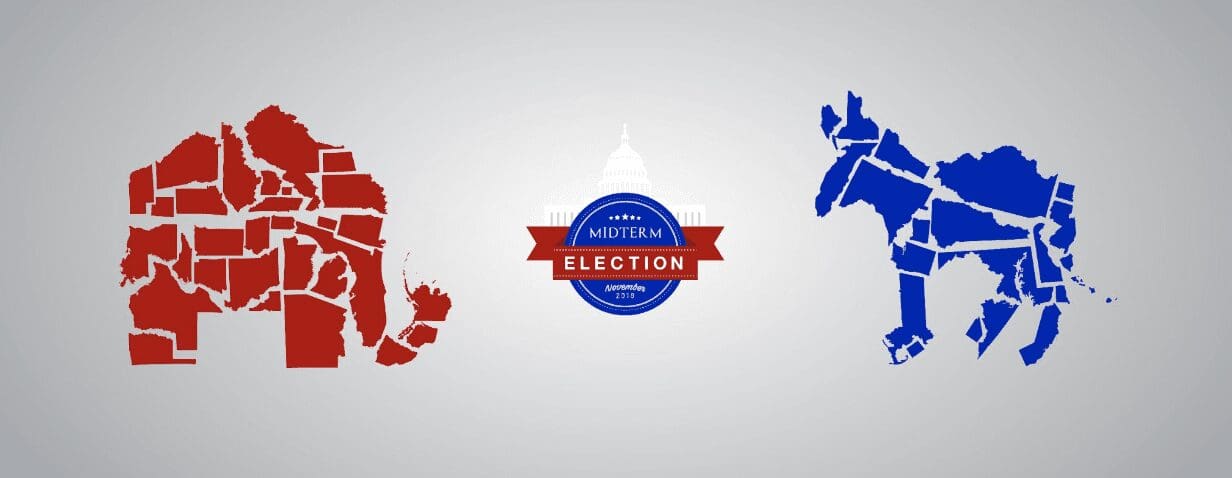By: Joe Hughes
The temporary expansion of the Child Tax Credit in 2021 led to an enormous drop in poverty, according to Census Bureau data released in September. More than two million children were lifted from poverty in the United States last year by the enhanced credit. The unequivocal success of the one-year expansion has many lawmakers pushing to carry the credit expansion into 2022 and beyond.
Opponents have undoubtedly realized that the real-world data is not on their side. GOP House leaders—who all voted against the 2021 credit expansion—are now pointing to their own murky data in an attempt to undermine the successes of the credit expansion. Last month, they instructed the Joint Committee on Taxation (JCT), Congress’s official scorekeeper, to analyze a permanent expansion of the credit using “dynamic” modeling—a type of revenue scoring that includes economic feedback effects of tax proposals to estimate changes to economic output. This type of scoring is fraught with uncertainty and, at best, should only be used to estimate a potential range of outcomes.
The dynamic analysis estimates a very modest decline in Gross Domestic Product (GDP) growth over the next decade, driven by a very small reduction in labor supply from low-income parents who would need to work fewer hours to receive the full credit.
Under current law, many children are ineligible for the full credit because their families do not earn enough. In other words, the current rules literally determine that some families are too poor to receive a tax break meant to help children.
The 2021 credit expansion suspended these limits and made the credit fully refundable, meaning it was available to all eligible children even if their family’s earnings were very low. JCT estimates that these changes might drive a small drop in total labor supply, less than a quarter percent over the next decade, which in turn would result in a 0.04 percentage point drop in economic growth.
This idea of economic growth does not, on its own, tell us whether a proposal is good or bad. If child labor laws were analyzed using dynamic forecasting today, it would conclude that they reduce economic growth because it would shrink the workforce, at least in the short-term. Certainly no one today would argue that we should bring back child labor in the U.S. for that reason.
Notably, the dynamic forecast ignores “any potential long-run benefits from a reduction in child poverty.”
Previous research has shown that reducing poverty—and childhood poverty in particular—creates better long-term outcomes for the entire economy. As poverty declines, health and education outcomes rise, creating a healthier, smarter workforce. While JCT is required to produce the analysis as instructed by Congress, it makes no sense for lawmakers to exclude the effects of poverty reduction in assessing a key anti-poverty program.
The JCT report also does not show how a small decline in GDP growth would be distributed. The real-world data shows an indisputable rise in income for families in the lowest income groups, and JCT’s estimates of a decline in labor supply are in part based on these families having higher income and therefore choosing to work fewer hours. A dynamic forecast that included a distribution of income changes across different income groups would likely show a transfer from the very richest to the very poorest.
Dynamic scorekeeping is a fraught way to assess policy change. That is why JCT’s official revenue estimates instead use “conventional” scoring, which only assesses direct changes to revenue from tax changes and individual behavioral responses to those changes. In official revenue estimates, JCT does not attempt to pinpoint larger changes in the macroeconomy, recognizing that such estimates would rely on extremely uncertain assumptions.
There is not one single dynamic scoring model, and in fact, JCT has used as many as four different dynamic models in recent years. Several of these produce a range of potential outcomes. Scorekeepers must make decisions about which of these models to use—decisions that are often influenced by political factors, as Congress writes the rules that JCT must follow in their estimates.
In this analysis, JCT used two separate dynamic models and averaged the results of each model to produce a single point score. While JCT is doing its job as directed, following Congressional instructions to produce a point forecast of the effects of the proposal on economic growth, their report does not tell us anything about the difference in results of each model used or the levels of uncertainty in their results.
On the other hand, the data provided by the Census Bureau this September is tangible and incontrovertible. The expanded Child Tax Credit reduced child poverty dramatically and immediately. There is no debate or murkiness on this. Some lawmakers have decided that cutting child poverty in half is not worth the cost if it means an ambiguous and negligible decline in GDP growth. This view is not just cruel, it is bad economics.




















